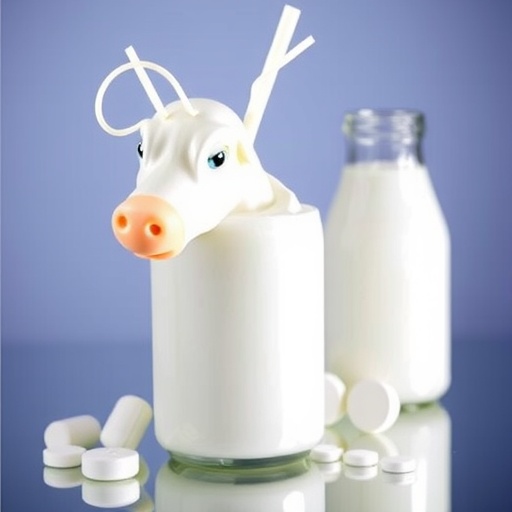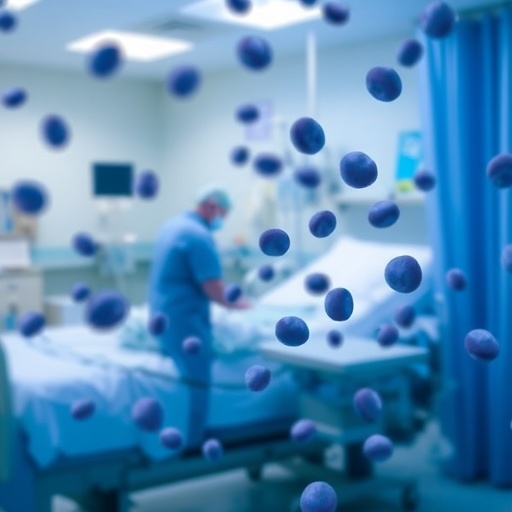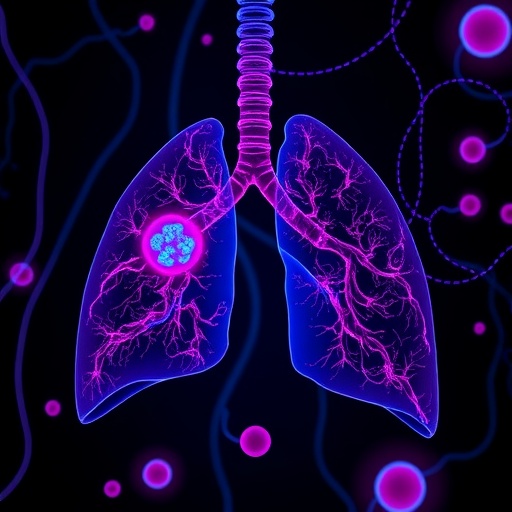In a groundbreaking study poised to reshape the landscape of neonatal nutrition safety, researchers have unveiled a comprehensive analytical approach to quantify drug residues in pasteurized donor human milk. With the growing reliance on milk banks worldwide, ensuring the chemical purity of donor milk is paramount, and this new research illuminates a hidden dimension of potential risk that could influence clinical guidelines and maternal health policies globally.
Breastfeeding specialists and neonatologists alike have long acknowledged the irreplaceable nutritional and immunological benefits of human milk. However, as the use of donor milk surges—especially for premature and vulnerable infants—concerns about the inadvertent transmission of pharmaceutical residues through milk have intensified. The meticulous analysis presented by Brenner, Krutsch, Baker, et al., published in the Journal of Perinatology, directly addresses this urgent need by deploying state-of-the-art detection techniques to scrutinize drug presence post-pasteurization.
The process of donor milk pasteurization is a critical safety step designed to neutralize pathogens, but until this study, the fate of chemical contaminants under these conditions remained poorly understood. Using sophisticated mass spectrometry and chromatography methods, the team successfully identified and quantified a spectrum of both illicit substances and prescribed medications residue that persist in milk after standard processing. This dual focus on legal and illicit compounds marks a novel investigative frontier, emphasizing real-world challenges facing milk banks.
Intriguingly, the researchers detected trace levels of several commonly prescribed pharmaceuticals alongside residues of illicit drugs, underscoring a complex cocktail of chemical traces potentially transferred from donors undergoing pharmacological treatment or substance use. These findings compel the medical community to rethink screening protocols and donor eligibility criteria, especially considering that even minimal exposure to certain compounds can significantly impact neonatal development and health outcomes.
The study not only cataloged the presence of these drug residues but also analyzed their concentrations relative to known toxicological thresholds, providing a nuanced understanding of potential risks. This risk assessment is particularly critical for neonatal intensive care units, where the most fragile patients consume donor milk as a life-saving alternative. The presence of unseen pharmacological agents could exacerbate existing health challenges or interfere with therapeutic regimens.
Moreover, the research sheds light on the limitations of current pasteurization standards, which are highly effective against microbial contaminants but appear less robust against chemical residues. This revelation prompts a potential paradigm shift in milk processing technologies and quality controls, advocating for the integration of chemical decontamination steps or alternative sterilization techniques that preserve milk’s nutritional integrity while eliminating harmful residues.
The methodology implemented by the authors combines liquid chromatography-tandem mass spectrometry (LC-MS/MS) and high-resolution mass spectrometry, offering unparalleled sensitivity and specificity. By refining sample preparation and extraction processes, they diminished matrix effects known to hinder accurate quantification in complex biological specimens like human milk. This technical rigor ensures that the data reliably reflects the true extent of drug residue contamination.
From a public health perspective, these findings highlight an urgent call for comprehensive policies governing donor screening. Current practices primarily focus on transmissible infections but rarely incorporate exhaustive pharmacological histories or toxicology assessments. Enhanced screening could mitigate risks but also raise ethical and logistical challenges, particularly concerning privacy and donor availability.
Equally important is the dialogue this study sparks about illicit drug use among potential donors. The detection of such residues implicates broader societal issues related to substance use disorders and the need for integrated support systems for lactating individuals. Milk banks may need to implement supportive measures rather than punitive exclusions to balance safety with donor rights and inclusivity.
The authors also emphasize the importance of transparency and communication with recipient families. Providing detailed information about the screening and analysis of donor milk can foster informed decision-making and trust between healthcare providers and patients’ families. This is especially critical in neonatal care settings, where parents face profound anxiety and uncertainty.
Future research, as envisioned by Brenner and colleagues, will extend these analytical frameworks to explore the pharmacokinetics of drug transfer into human milk, the resilience of various drug classes through pasteurization, and potential interactions between residues and milk bioactive components. Such multidimensional studies could unveil mechanisms underlying residue persistence and inform innovative mitigation strategies.
In summary, the study represents a pivotal advance in neonatal nutrition safety, marrying cutting-edge analytical chemistry with clinical relevance to expose an underestimated vector of drug exposure in newborns. By unveiling the persistence of both illicit and prescription drug residues in pasteurized donor milk, the research lays the foundation for improved milk bank practices, enhanced therapeutic vigilance, and a renewed commitment to safeguarding the most vulnerable infants.
As global milk banking services continue to expand, this research acts as a clarion call to scientists, clinicians, and policymakers alike. It illuminates the complex interplay between maternal health, pharmaceutical use, and neonatal well-being — urging a holistic reevaluation of current protocols to assure that the gift of human milk remains unequivocally safe.
This pioneering investigation not only charts new scientific territory but also exemplifies the vital role of interdisciplinary collaboration in tackling contemporary healthcare challenges. The convergence of analytical chemistry, neonatology, pharmacology, and public health encapsulates the multifaceted approach necessary to combat the subtle yet significant risks that modern motherhood and medicine co-produce.
Ultimately, Brenner et al.’s work prompts a profound ethical reflection on our responsibility toward newborns who rely on donated milk. It challenges the healthcare community to balance technological innovation with compassionate care, ensuring that advances in milk safety translate into real-world health benefits without unintended consequences.
The implications ripple beyond neonatology, touching on broader themes of substance use, pharmaceutical stewardship, and maternal support systems. By bringing hidden chemical residues to light, this study catalyzes an urgent conversation about the future of infant nutrition in a complex pharmacological era.
As this research garners attention across scientific and public spheres, it promises to inspire a wave of inquiry and policy reform, ultimately enhancing the safety and efficacy of human milk donation worldwide. The invisible contaminants unveiled here remind us that vigilance and innovation must go hand in hand to protect life’s earliest and most precious beginnings.
Subject of Research: Quantification of illicit and prescription drug residues in pasteurized donor human milk.
Article Title: Quantification of illicit and prescription drug residues in pasteurized donor human milk: a comprehensive analytical approach.
Article References: Brenner, M., Krutsch, K., Baker, A. et al. Quantification of illicit and prescription drug residues in pasteurized donor human milk: a comprehensive analytical approach. J Perinatol (2025). https://doi.org/10.1038/s41372-025-02443-6
Image Credits: AI Generated
DOI: https://doi.org/10.1038/s41372-025-02443-6
Tags: breastfeeding and maternal health policieschemical purity in human milkchromatography techniques in milk testingdonor milk screening methodsdrug residues in donor milkmass spectrometry in food analysismilk bank safety standardsneonatal care and drug exposureneonatal nutrition riskspasteurized human milk safetypharmaceutical contamination in milkresearch on milk pasteurization effects





